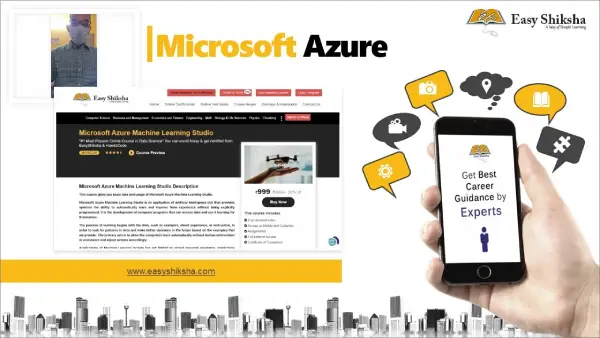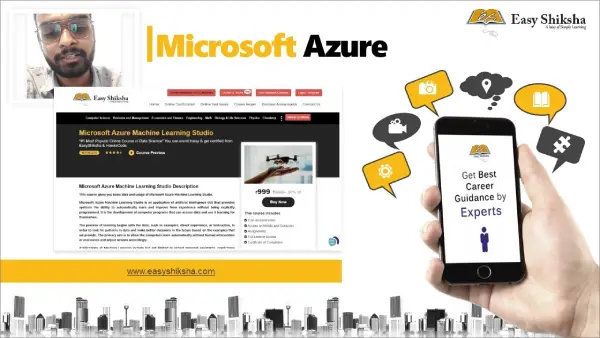Human resource, as a discipline and practicein the management of people in an organisation, has evolved and developed into differ-ent areas. These disciplines and practices have gone through a process of trial and error,theory building and testing of various concepts by practicing managers and academics (Farnham & Pimlott 1979; Storey 1989; Armstrong 1995). The underlying forces behind the evolution and development of human resource management have been (and still are) mainly environmental, and the quest for knowledge of better ways of acquiring and utilising labour. The changing organisational environment in the marketplace pushed managers to improve efficiency in the production and service delivery processes by increasing their ability to use the best practices of people management at the time. That is, employee management techniques or methods that would improve production, reduce service delivery costs, and at the same time ensure sustained availability of com-petent staff in the organisation.
Human resource management is a contemporary, umbrella term used to describe the management and development of employees in an organization. Also called personnel or talent management (although these terms are a bit antiquated), human resource management involves overseeing all things related to managing an organization’s human capital.
Human resource management is therefore focused on a number of major areas, including:
• Recruiting and staffing
• Compensation and benefits
• Training and learning
• Labor and employee relations
• Organization development
Human resource management involves developing and administering programs that are designed to increase the effectiveness of an organization or business. It includes the entire spectrum of creating, managing, and cultivating the employer-employee relationship.
For most organizations, agencies, and businesses, the human resources department is responsible for:
• Managing job recruitment, selection, and promotion
• Developing and overseeing employee benefits and wellness programs
• Developing, promoting, and enforcing personnel policies
• Promoting employee career development and job training
• Providing orientation programs for new hires
• Providing guidance regarding disciplinary actions
• Serving as a primary contact for work-site injuries or accidents
Human resource management is about:
Addressing current employee concerns: Unlike company managers who oversee the day-to-day work of employees, HR departments deal with employee concerns such as benefits, pay, employee investments, pension plans, and training. Their work may also include settling conflicts between employees or between employees and their managers.
Acquiring new employees: The human resource management team recruits potential employees, oversees the hiring process (background checks, drug testing, etc.), and provides new employee orientation.
Managing the employee separation process: The HR management team must complete a specific set of tasks if an employee quits, is fired, or is laid off. Paperwork must be completed to ensure that the process was completed legally. Severance pay may be offered or negotiated, benefits must be settled, and access to company resources must be severed via the collection of keys, badges, computers, or sensitive materials from the employee.
Improving morale: Effective HR teams encourage company employees to do their best, which contributes to the overall success of the company. Their work often involves rewarding employees for good performance and creating a positive work environment. Human resource management involves both strategic and comprehensive approaches to managing people, as well as workplace culture and environment. The role of human resources professionals is to ensure that a company’s most important asset—its human capital—is being nurtured and supported through the creation and management of programs, policies, and procedures, and by fostering a positive work environment through effective employeeemployer relations. The concept behind human resource management is that employees who are subject to effective human resource management are able to more effectively and productively contribute to a company’s overall direction, thereby ensuring that company goals and objectives are accomplished. Today’s human resource management team is responsible for much more than traditional personnel or administrative tasks. Instead, members of a human resource management team are more focused on adding value to the strategic utilization of employees and ensuring that employee programs are impacting the business in positive and measurable ways.
Module 1 Glimpse of HR
a. What HR means?
b. HR Policy
c. Employee Resourcing
d. Recruitment and Selection
Module-2 Organisation Strategy
a. People Matter
b. Strategy
c. Workforce Planning
d. HRM System
Module- 3 Performance Management
a. Strategic Planning
b. Setting goals
c. HR Technology
d. Total Compensation
Module 4- Organisation Grievance
a. Employee relation
b. Work regulations
c. Individual and collective grievances
d. Discrimination
Module- 5 Reward system in organisation
a. Extrinsic and Intrinsic Rewards
b. Money and Motivation
c. Employee benefits
d. Non-financial versus financial rewards
Module- 6- Training and development
a. Training need Analysis
b. Organisational Analysis
c. Job Analysis d. Individual Analysis



































































A Ayan Hazhmi
-
18 Apr 2025What I liked most was the practical approach. The instructor uses real-world examples and case studies, making it easier to understand how HR policies and processes are applied in organizations. The course also provides templates and checklists that can be directly used in HR operations.
Krutika Patel
-
18 Mar 2025The course clearly presents the core responsibilities of administrative HR – such as staffing and recruitment, performance management, documentation and compliance — making it very accessible to non‑specialist or budding HR professionals
Bhavana Sm
-
19 Feb 2025course is an excellent resource for anyone looking to understand the fundamentals of HR administration
Shraddha Yadav
-
19 Dec 2024Covers key HR admin tasks like employee records, onboarding, and policy compliance
imam bakhsh
-
27 Jul 2024Thorough and practical — this course covers core HR administrative tasks like payroll, onboarding, compliance, and employee records, and is ideal for someone starting out in HR operations
Steve Gairi
-
26 Jul 2024This is so helpful to me.
Urvi Patel
-
28 Aug 2023A clear and practical HR course! It covers essential administrative tasks, policies, and real workplace scenarios in an easy-to-understand way. Great for beginners or anyone looking to strengthen their HR skills